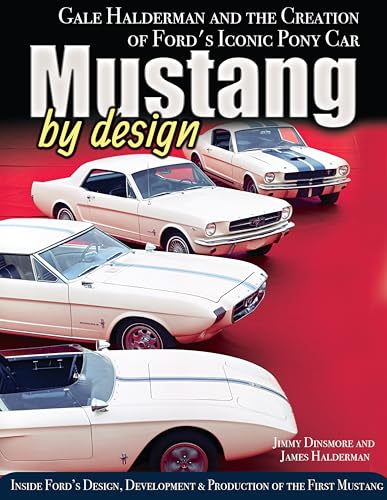Hello and welcome from SW Ontario,, Canada.
As it seems like you just got your Mustang, you may not be too familiar with them.
As Sheriff says, can you first tell us what carb is on it, take a pic and post if not sure.
If it seems to run better after it's warmed up fully, it could also be the choke mechanism.
It may also need a proper cleaning or even a rebuild, but first do the simple things, check choke or sticking linkages.
We have an "Introductions" section and we'd love to learn more about you and your car WITH pics, we love pics!!
All the best getting it running
What carburetor do you have? It will have a fast idle adjustment, but they vary on different carbs.








































